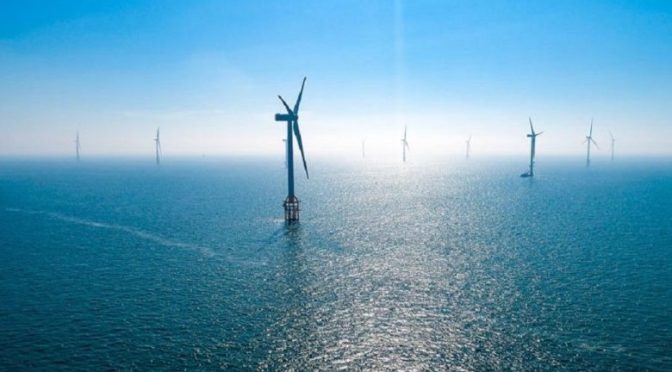The outcome of the wind measurement strategy, which was developed in close collaboration with DNV, involves two key results: firstly, validating the initial estimates for desktop energy production; and secondly, determining the best technology and approach for conducting on-site wind measurements, said Copenhagen Energy in a recent social media post.
The data will be collected through a combination of onshore meteorological masts and Light Detection and Ranging (LiDAR) instruments.
Copenhagen Energy and PGEC began to co-develop the projects off the coast of the Philippines in 2020 and formalized their collaboration by forming the partnership, BuhaWind Energy Philippines (BEP) in 2022.
The partners are developing three floating offshore wind farms in the Philippines, namely Northern Luzon, Northern Mindoro, and East Panay.
The 2 GW Northern Luzon will be located offshore of Ilocos Norte. The start of the construction of the wind farm is planned for 2027, with the first power expected in 2028.
Northern Luzon should be operational by mid-2030 with Northern Mindoro following in 2031 and East Panay in 2033. This is pending all necessary government approvals.
